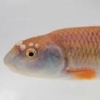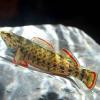A few years ago I saw a small largemouth bass on a nest, on the week of June 20th. (it was a well protected nest walled off between 3 trees). I assume this was late as it was after the may 15th to june 15th catch and release date that protects the nesting. Is late nesters unusual in centrarchids?
Here are a few pictures of the lepomis I found. I had to take alot of pics before I got some decent ones.
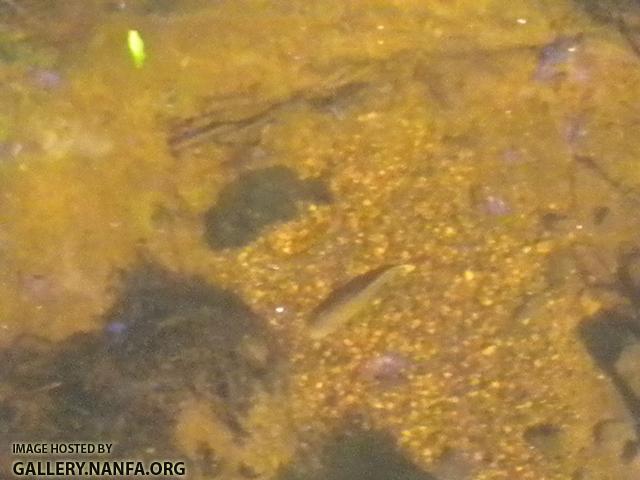
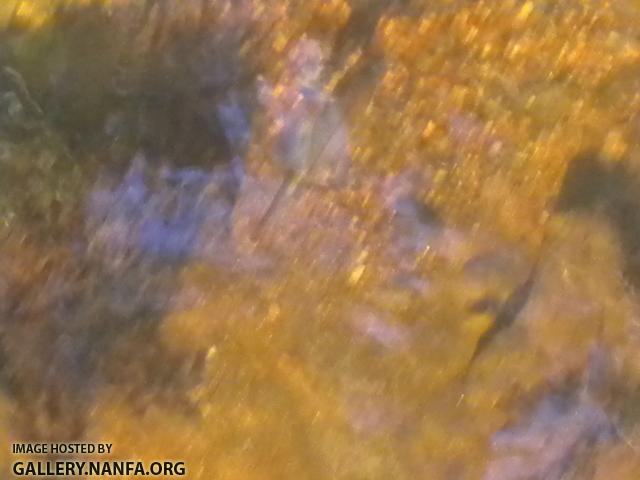
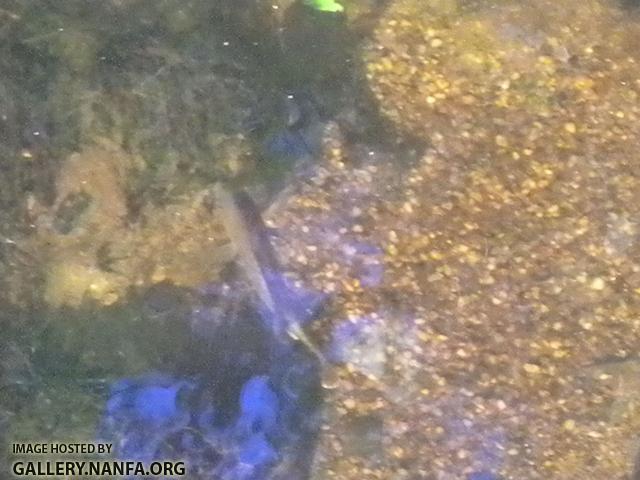
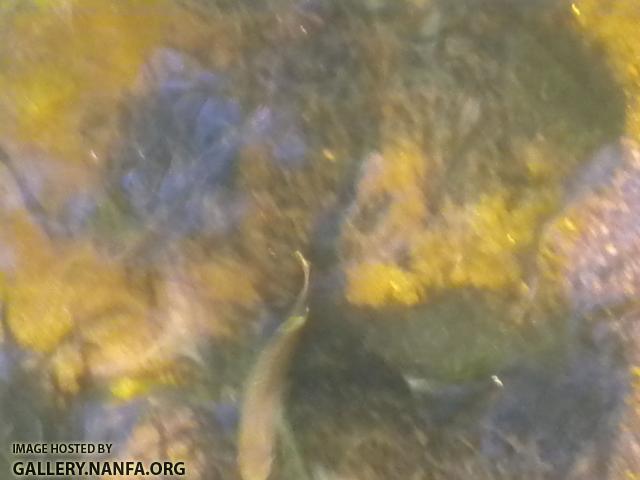
The last image, while not the best, illustrates a trait of which my second question is based. I never seen in in a sunny in an aquarium or caught on hook and line, but sunnies on the nest (at least pumpkinseeds in pond with their blue fins and this with its greenish ones) develope bright fin edges. Why?
Wouldn't having bright colors on a nest be a disadvantage as it makes you an easy target to predators and reveals your nest to egg eaters?
I also found it unusual that this stream dwelling sunny had a nest made from gravel as most pond dwelling ones make nests from sand.
Edited by FirstChAoS, 09 July 2011 - 11:23 PM.


